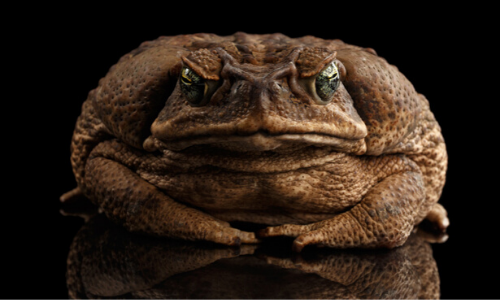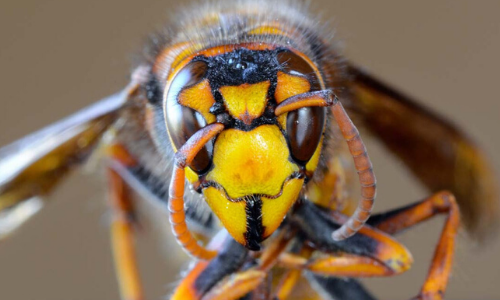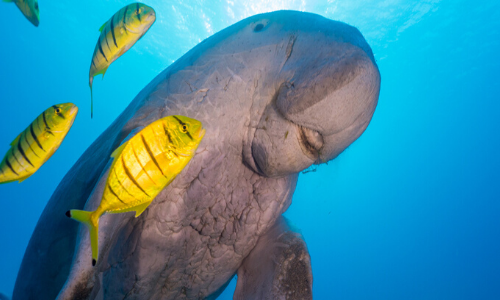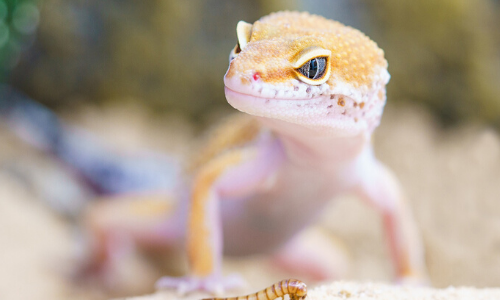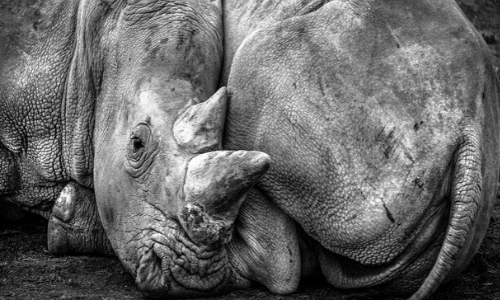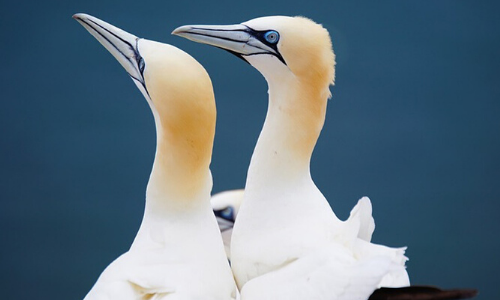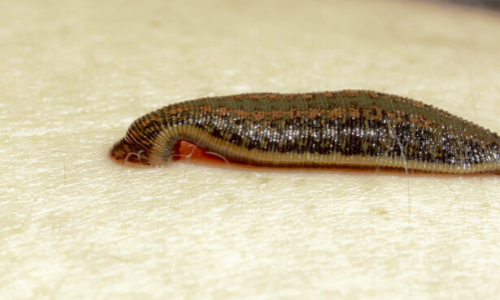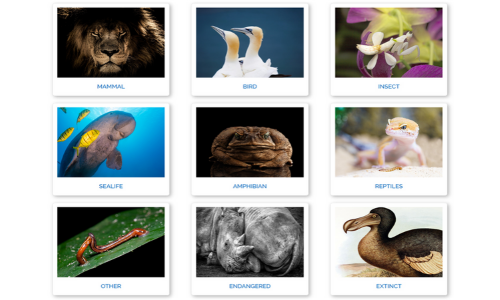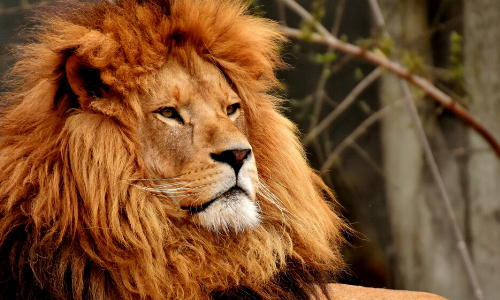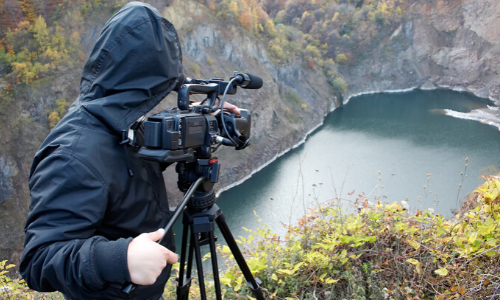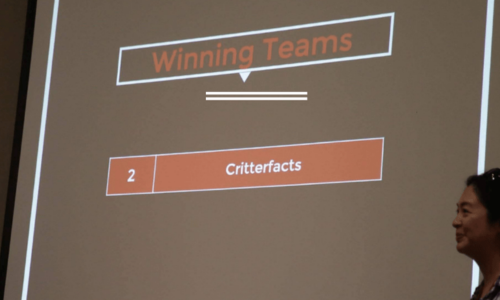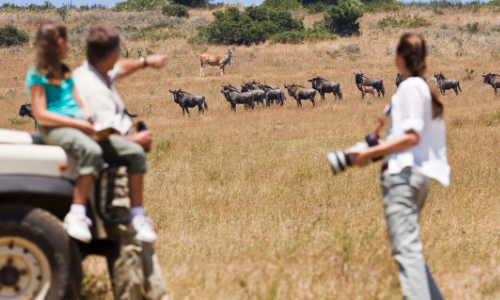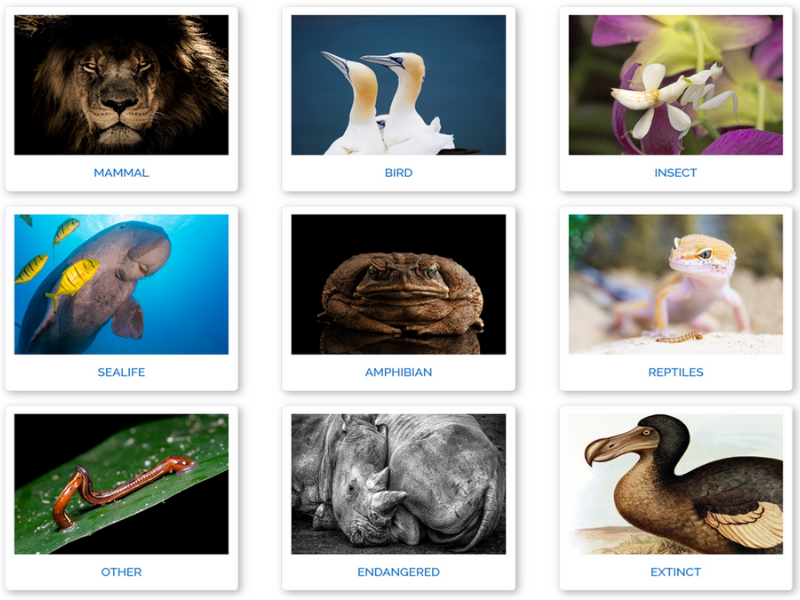

Scientific Classification
KINGDOM: Animalia
PHYLUM: Arthropoda
CLASS: Insecta
ORDER: Lepidoptera
FAMILY: Nymphalidae
GENUS: Junonia
SPECIES: J. orithya
Conservation Status


In the butterfly stage, the antennae and abdomen are brownish-black, their head is reddish-brown, and the underside is a dull white.
The caterpillar stage of the blue pansy looks much different than the adult butterfly; the head of the caterpillar is orange and the body is black or brown with two spines. The chrysalis, or cocoon stage, is a muddy yellow to purplish color with dull creamy white lines throughout the pupae.




These butterflies go by different names depending on their location; in India they’re called blue pansy, in Africa they’re the eyed pansy, and in Australia they’re called the blue argus.
When flying, the blue pansy butterflies fly in a rigid flap and glide fashion while defending its territory from other butterflies.
Blue pansies can usually be solitary but are sometimes seen in large “all boy groups.”


